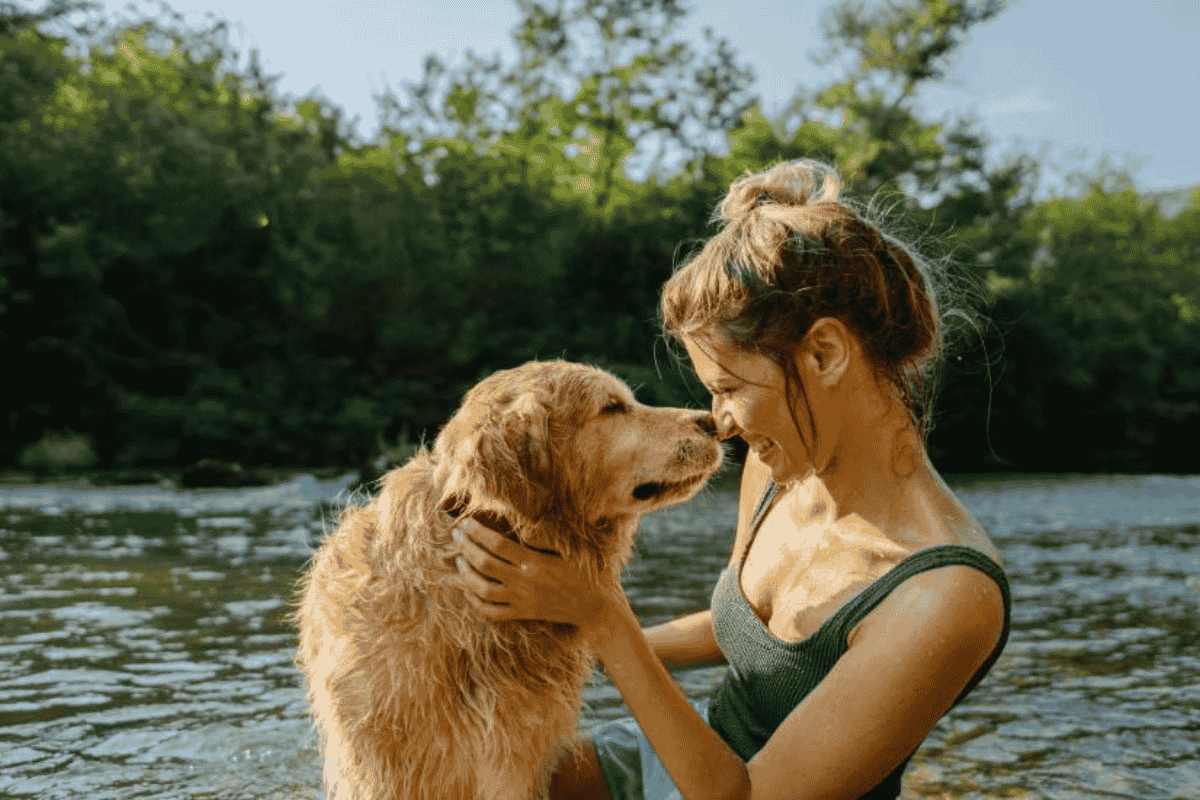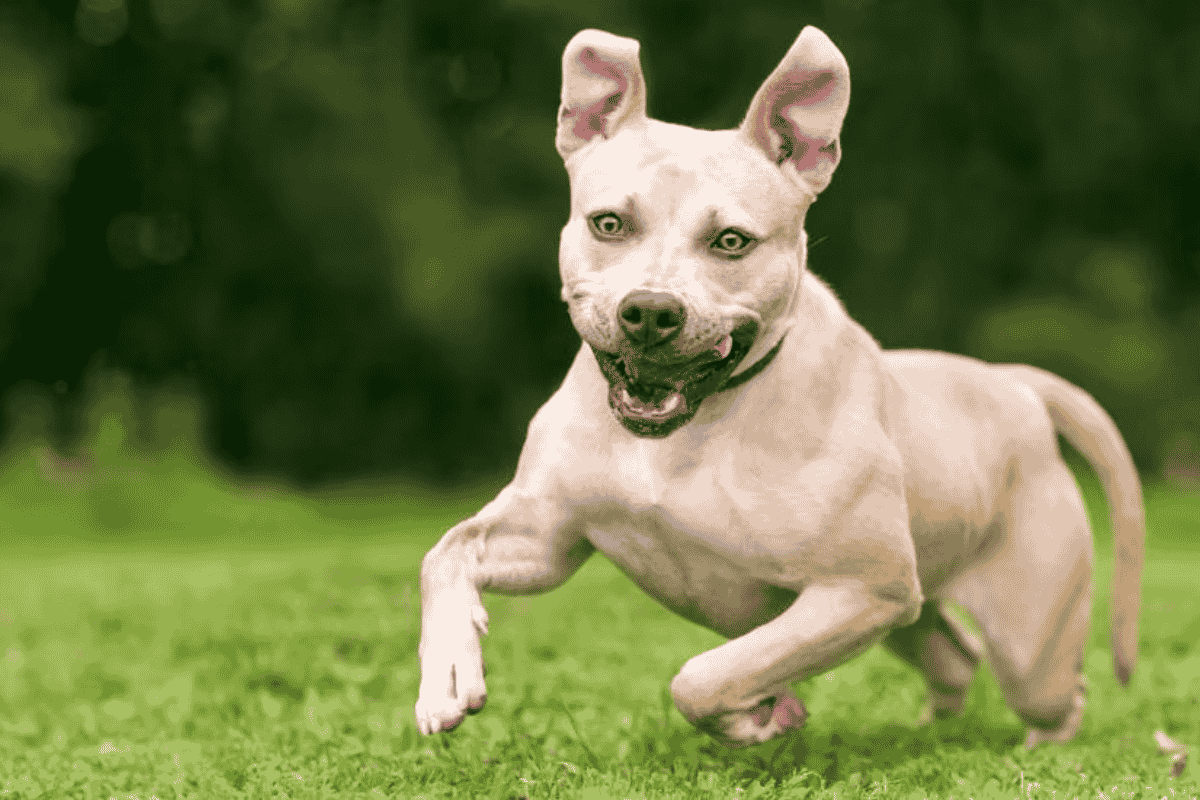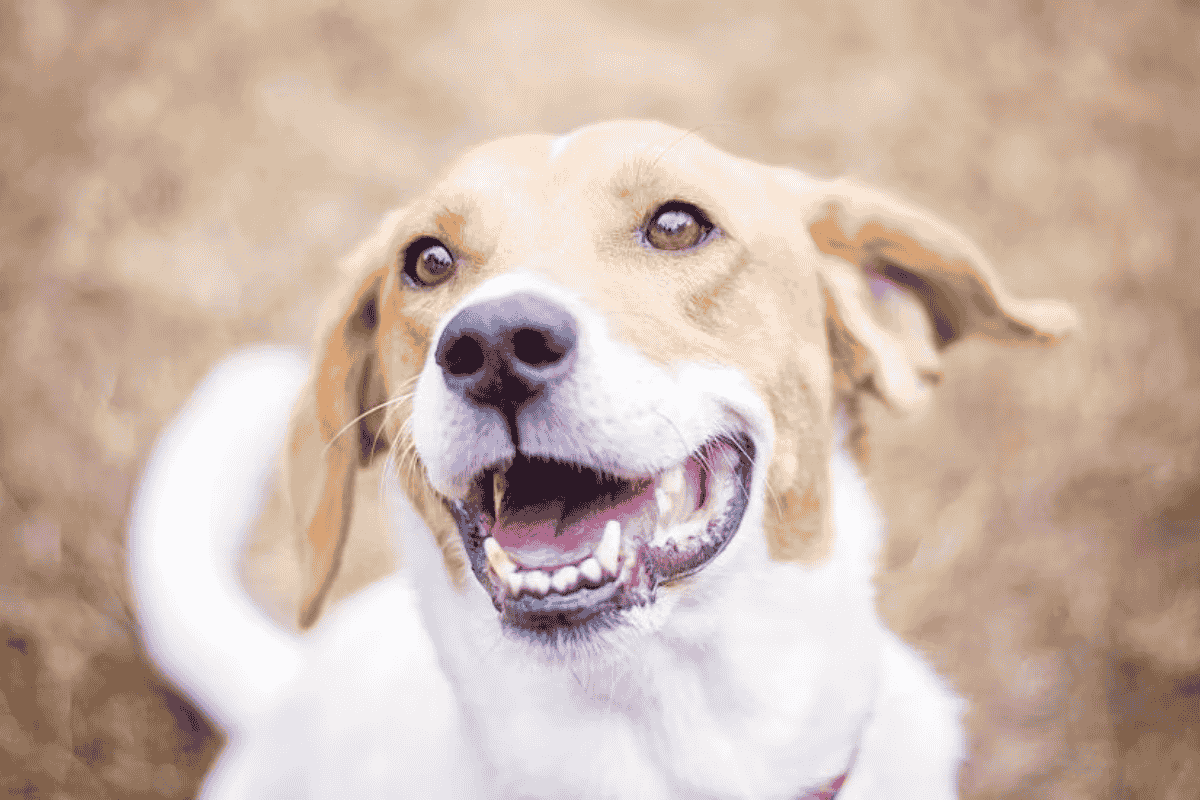Just like humans, dogs can also feel nervous, shy, or scared. This fear can come from different causes—some dogs may have had a tough past, others may not have been socialised properly, and some may simply be born a bit anxious.
Whatever the reason, understanding how to handle a fearful dog can make a big difference in helping them feel safe and confident.
Signs That a Dog Is Scared or Nervous
Dogs show fear in different ways. If you notice any of these signs, it’s important to give the dog space and remain calm:
- Staying very still or looking frozen
- Hair standing up on their back (raised hackles)
- Avoiding eye contact or lowering their head
- Raising their head high while turning away
- Staring directly at you (especially with stiff body language – this can be a warning sign)
- Growling or showing tense body language
- Wrinkling the lips with or without showing teeth
- Snarling or baring teeth
These are all signs that the dog is uncomfortable. If you miss these signals and keep pushing forward, the dog might feel forced to defend itself.
The Right Way to Approach a Fearful Dog
Approaching a shy or scared dog the wrong way can make things worse—or even dangerous. Here’s how to do it the right way:
- Move slowly and stay calm. Use a gentle, quiet voice.
- Avoid walking straight toward the dog. Instead, approach from the side.
- Don’t stare into the dog’s eyes. That can feel threatening.
- When you get closer, turn your body slightly so you’re not directly facing the dog. This makes you seem less scary.
- Gently lower your body by bending your knees. Don’t bend down if the dog is growling or lunging—back away instead.
- Keep your hands to yourself at first. Let the dog sniff you if they choose to.
- Don’t force the dog to come near or touch you. Let them decide when they’re ready.
- Speak softly, stay patient, and give the dog time to feel safe around you.
How to Walk a Fearful or Stray Dog
Sometimes you may need to help a scared dog by putting on a leash—especially if it’s a stray or lost dog. Here’s how to handle it gently:
- Use a loop lead that you can gently slip over the dog’s head instead of grabbing their collar.
- After the lead is on, take a few steps back and wait. Don’t pull—let the dog decide to move with you.
- If the dog starts walking, just walk calmly with them. Movement can help the dog feel more comfortable.
- Let the dog sniff, roll, or even take a break. Don’t rush.
- If the dog panics or flails, don’t pull the leash. Loosen the pressure and wait for them to settle.
- Some walks may take just a few minutes, while others could take an hour. The goal isn’t speed—it’s building trust.
Dealing with a scared or shy dog takes patience, respect, and understanding. By watching their body language and giving them the space they need, you can help build their confidence and make them feel safe.
Whether it’s your own pet or a stray you’re trying to help, your calm presence can be the first step in earning their trust and changing their world.












